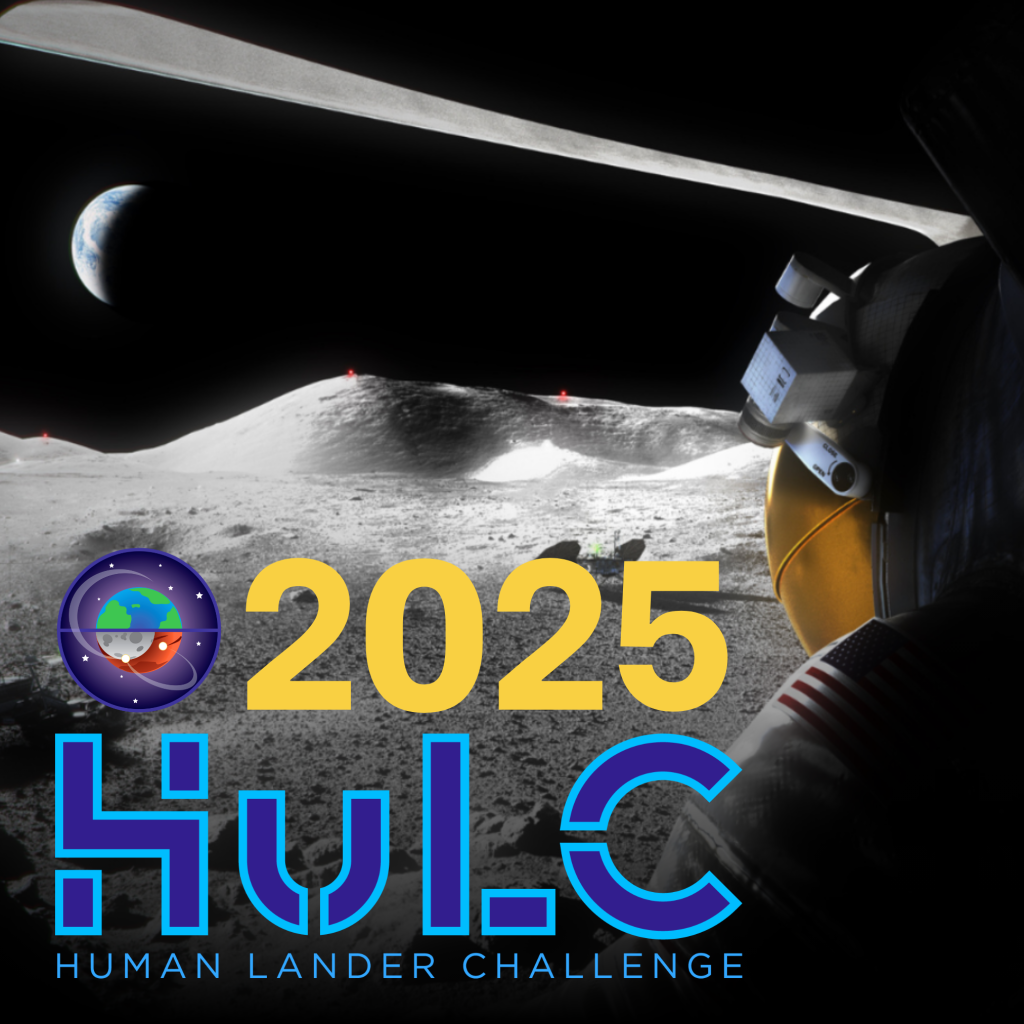The 10 booster motor segments for NASA’s SLS (Space Launch System) rocket that will help propel the Artemis II astronauts on a trip around the Moon arrived at the agency’s Kennedy Space Center in Florida Sept. 25.

The 10 booster motor segments for NASA’s SLS (Space Launch System) rocket that will help propel the Artemis II astronauts on a trip around the Moon arrived at the agency’s Kennedy Space Center in Florida Sept. 25. They will form the SLS rocket’s twin, five-segment solid rocket boosters, which produce more than 75% of the total thrust at liftoff, to send NASA’s Artemis missions to the Moon.
Due to their weight, the 10 booster motor segments traveled by rail across eight states in specialized transporters to the spaceport. Teams with NASA’s Exploration Ground Systems Program now are preparing to process each of the segments inside the space center’s Rotation, Processing and Surge Facility ahead of integrating them inside the Vehicle Assembly Building.
“The arrival of the SLS solid rocket booster motor segments is an important turning point as NASA and our Artemis partners begin readying for stacking and launch preparations for Artemis II,” said Amit Kshatriya, Deputy Associate Administrator for the Moon to Mars Program Office at NASA Headquarters. “Fully stacked, these boosters for NASA’s SLS rocket are the largest, most powerful ever built for spaceflight and will help send the first astronauts around the Moon in more than 50 years.”
Manufactured by SLS booster lead contractor Northrop Grumman in Utah, the SLS solid rocket boosters have three major assemblies with the motor segment being the largest portion of the booster. Teams will inspect them along with the forward and aft skirt assemblies of the boosters. They will then rotate the segments to a vertical position in preparation for stacking operations for Artemis II. The top and bottom portions of the boosters were previously assembled in the Booster Fabrication Facility at Kennedy.
Once processing is complete, crews will move all the major segments one at a time to the Vehicle Assembly Building where they will get stacked to form each of the 17-story-tall boosters that flank each side of the rocket. Following completion, engineers and technicians will integrate the rocket’s core stage. Together, the SLS rocket’s twin boosters and the core stage’s four RS-25 engines produce more than 8.8 million pounds of thrust.
Artemis II is the first crewed Artemis mission and will test all the Orion spacecraft’s systems with NASA astronauts Reid Wiseman, Victor Glover, and Christina Koch, along with Canadian Space Agency astronaut Jeremy Hansen, aboard before future missions to the Moon.
























